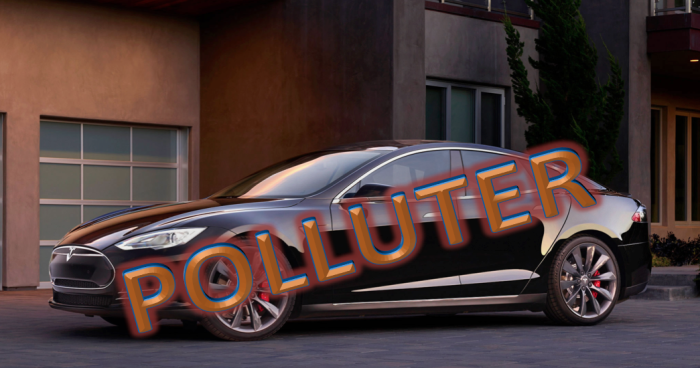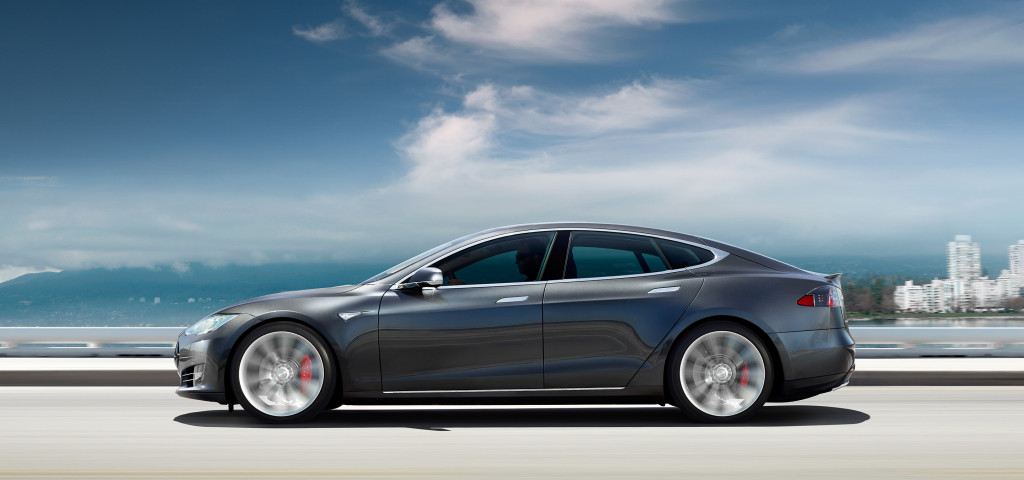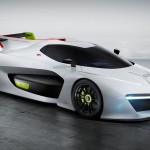Unless you want to pay steep surcharges, you should skip out on the Tesla Model S if you live in Singapore. Being known for the “Easiest place to do business” by the World Bank, Singapore is extremely harsh on cars that emit high amounts of CO2. The punishment for high carbon emission is in the form of surcharges up to S$30,000 (~$22,000 USD, ~£15,000), while cars that behave and emit low CO2-g/km are rewarded with rebates up to the similar amount.
But the Tesla Model S does not even have a tailpipe, it has ZERO carbon emissions! How can it be classified as a high polluting vehicle? Well the government of Singapore looks at emissions from a holistic perspective of the energy lifecycle. It turns out the Tesla Model S is HIGHLY polluting because of the amount of electricity it consumes. At least that’s how Singapore’s Land Transport Authority (LTA) categorized it during their testing. The LTA determined that the Model S draws 444 Watt-hour/km which falls into the C3 band of vehicles, netting a surcharge of S$15,000.
The owner of the Model S, Joe Nguyen, who had spent months trying to get his pure electric vehicle licensed to drive in Singapore, had anticipated a rebate of S$15,000 and instead received a bill for S$15,000! He stated:
I don’t get it, there are no emissions. Then they send out the results from VICOM (Vehicle Inspection), stating that the car was consuming 444 watt hour per kilometer (Wh/km). These are not specs that I have seen on Tesla’s website, or anywhere else for that matter. And then underneath it, there’s a conversion to CO2 emission.
Channel News Asia first broke the story and mentions that the determination of 444 watt-hour/kilometer was derived from the United Nations Economic Commission for Europe (UNECE) R101 standards. The LTA spokesperson mentions:
As for all electric vehicles, a grid emission factor of 0.5 g CO2/Wh was also applied to the electric energy consumption. This is to account for CO2 emissions during the electricity generation process, even if there are no tail-pipe emissions. The equivalent CO2 emission of Mr Nguyen’s car was 222g/km, which is in the CEVS surcharge [C3] band
There’s obvious flaws in the LTA’s classification here. It’s absurd to think that vehicles that can run off natural and alternative energies would have the same carbon footprint as something like a full-size SUV. We hope for Joe Nguyen’s sake and the sake of Tesla’s Future in Singapore, that this emissions kerfuffle gets straightened out. Get on it, Elon!
Source: Channel News Asia





Leave a reply